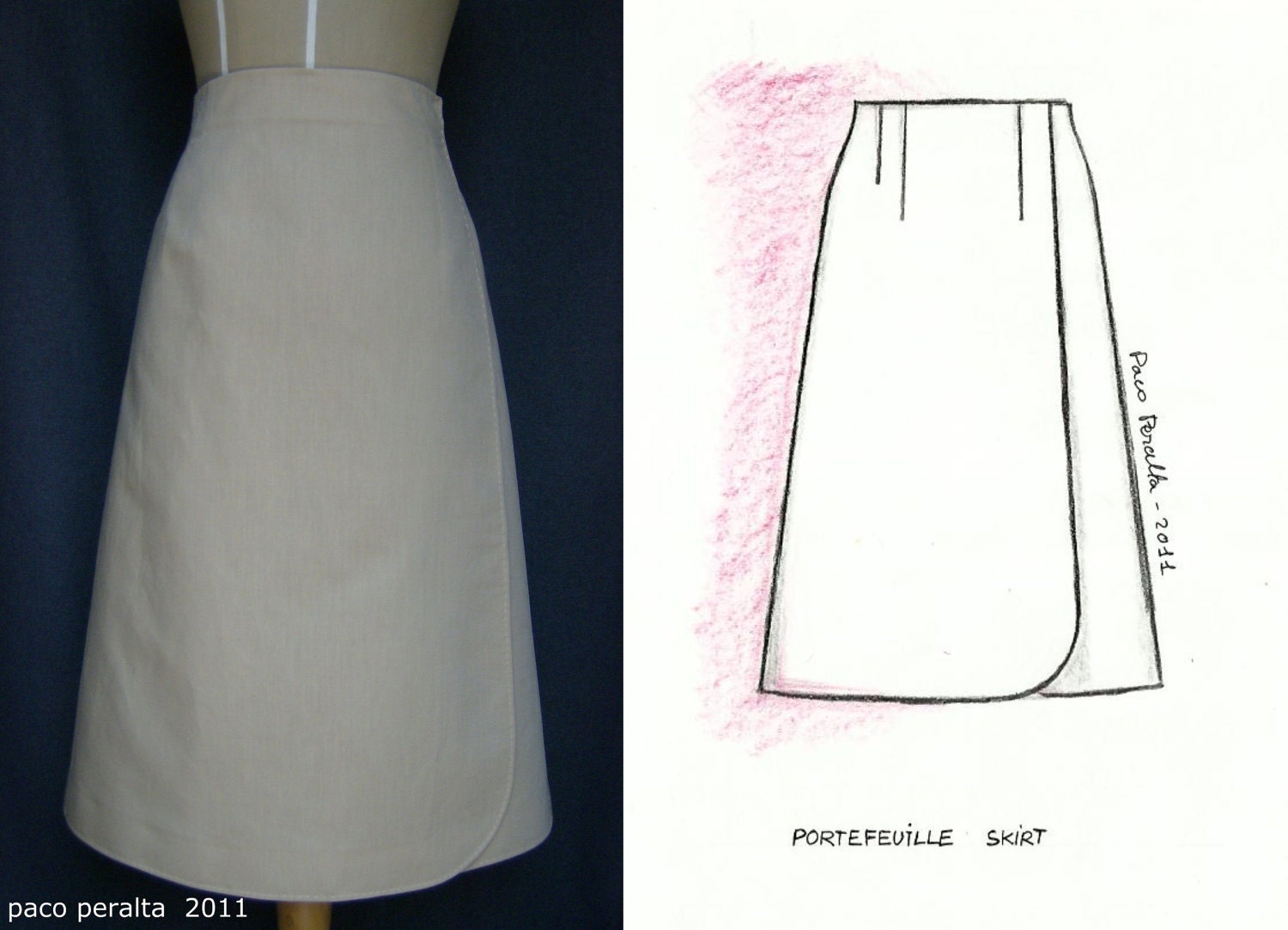 |
| Federal courthouse in Brooklyn, NY. Photo by Jim Henderson. CC |
The latest pleading filed by Salem Alshdaifat’s attorney in the case of US v. Khouli et al. asks for a change of venue. The defense argues that personal and financial hardships faced by Alshdaifat, a Michigan resident, urge a transfer of the case from the federal district court in New York to Detroit.
The motion provides a possible preview into some of the defenses that may be available in the case, including:
- a characterization of the charged conduct as “regulatory-based criminal charges,”
- a claim that the objects that are the subject of the multi-count indictment are neither stolen nor contraband, and
- an argument that Alshdaifat was a middle man who did not possess criminal intent.
A federal grand jury charged Alshdaifat in May 2011 with conspiracy to smuggle, alleging that he directed Mousa Khouli to wire $20,000 to Ayman Ramadan’s UAE bank account and that Alshdaifat received an airway bill from Ramadan showing that “wooden panels” were being shipped by Ramadan’s company in the United Arab Emirates to JFK airport in New York. Moreover, Alshdaifat is charged with money laundering conspiracy. He is also charged with smuggling goods into the country as well as fraudulent importation and transportation of goods. The indictment describes the goods as an Egyptian inner coffin, Egyptian funerary boats and limestone figures, and a portion of an outer lid of a nesting Egyptian coffin set. (A grand jury indictment is a mechanism that initiates a criminal case; it is not a finding of guilt.)
Writing in support of the motion for change of venue, Alshdaifat’s attorney previews the possible defenses in the case. The following are excerpts from the Memorandum of Law dated November 21, 2011:
- “The facts surrounding these charged criminal violations of the Customs laws arise out of the importation of rare Egyptian antiquities, including a three-piece set of sarcophagi and other funerary objects. These artifacts were allegedly shipped to the United States in several packages, variously by international air mail and by private air and sea carriers. The government does not claim that the Egyptian artifacts were stolen or were otherwise contraband when they entered the country. Instead, the government's charges rest on a theory that the alleged conspirators willfully falsely or vaguely declared these artifacts in entry documents into the United States because the importer purportedly had insufficient or incomplete documents of origin for the objects and this might have caused them to be detained at a United States port-of-entry if detected.” (emphasis in the original)
- “Mr. Alshdaifat was neither the U.S. importer nor the foreign exporter of the subject Egyptian artifacts. Based on the government's own claims, he is alleged to have been the “finder” or middleman that put the alleged foreign source of the artifacts (defendant [Ayman] Ramadan) in contact with the U.S. importer, or interested antiquities dealer (defendant [Mousa] Khouli). Despite being charged with a role that essentially ended prior to the importation process, Mr. Alshdaifat is charged with his co-defendants for knowingly participating in making false or intentionally incomplete statements on shipping labels on various shipments of these Egyptian antiquities. The government's claims against Mr. Alshdaifat, therefore, rely on findings that he knew and intentionally joined a conspiracy to falsely declare the Egyptian artifacts in their shipment to the United States after his role in being a broker to the transactions was already completed.” (emphasis in the original)
- “In the Egyptian sarcophagi transactions, however, Mr. Alshdaifat only had a broker's interest and did not deal in the artifacts himself. Somehow, however, he now finds himself charged together with the principals of those transactions for allegedly violating technical Customs laws in the mailing and shipping of the merchandise, a process in which he did not participate.”
- “The government’s position in support of criminal liability on the charged air mail shipments is based largely on the claim that Mr. Alshdaifat's co-defendants put these pieces in international mail or on an airplane as air cargo without completing more formal U.S. Customs paperwork with the specific intent to avoid Customs’ detection of these shipments and break U.S. Customs' law. No lay witnesses exist to testify as to whether a defendant's act of putting these parcels in the mail or on an airplane constituted an intentional and clandestine conspiratorial effort to get the charged, legal merchandise into the United States.” (emphasis in the original and footnote omitted)
- “In any event, Mr. Alshdaifat is not even implicated in the government's discovery with doing anything – in New York or elsewhere – to assist in the importation of the merchandise. He is charged with putting the alleged source of the Egyptian coffins and artifacts (defendant [Ayman] Ramadan) in contact with the New York antiquities dealer who purchased them (defendant [Mousa] Khouli). The government must concede that Mr. Alshdaifat was neither the importer nor exporter of the charged shipments, and therefore had no role in the actual shipment of the merchandise, i.e., the packaging, labeling and placing of the merchandise in international mail. As such, he never had any contacts with New York.”
- “The government does not charge that the Egyptian coffins and funerary objects were stolen property. The objects imported, therefore, are not contraband or unlawful to possess in the United States. The government's claims in this Indictment rest instead on the precarious theory that the method in which the artifacts were shipped into the United States was intentionally fraudulent even though the goods themselves were not banned or prohibited from entry. Indeed, the government does not even claim that the method of importation was intentionally fraudulent to avoid import duties, since antiquities are excluded from any import tax.” (emphasis in the original)
The defense contends that the government’s conduct materially affected Alshdaifat’s business. Alshdaifat writes in a Declaration to the court dated November 21, 2011 that he started dealing in ancient coins in Canada, selling them primarily over the internet and at international trade shows. He describes himself as a specialist in ancient Judean coins who gained admission to many coin auction houses and membership associations. Alshdaifat adds that he was the moderator of the “Judean ancient coin section for the largest numismatic worldwide web community.” Defense counsel’s Memorandum of Law explains:
“Mr. Alshdaifat's circumstances are particularly extraordinary. These include the fact that from his initial arrest, the government stacked the deck against him, making it untenable for him to get his fair day in court. On July 13, 2011, the government arrested Mr. Alshdaifat in his Michigan home and confiscated his entire business inventory of ancient coins, thereby effectively shutting his business down. It did so despite the fact that the criminal charges in the Indictment had nothing to do with Mr. Alshdaifat's coin business. Subsequently, the government returned his coins but not until his business suffered a crushing, and possibly, fatal blow. Mr. Alshdaifat's reputation as an honest coin dealer has been battered; more importantly, he has been removed or suspended from all of the auction houses where he sold his coins. His business is in dire shape.” (emphasis in the original)
Information supplied to the court describes the relationship between Alshdaifat and co-defendant Ayman Ramadan. Court papers remark that “Mr. Alshdaifat has purchased ancient coins before from defendant Ramadan in the United Arab Emirates ("U.A.E.") and has sold coins to defendant Khouli in New York. That is how he knew two of the other parties charged in this Indictment.”
Information supplied to the court describes the relationship between Alshdaifat and co-defendant Ayman Ramadan. Court papers remark that “Mr. Alshdaifat has purchased ancient coins before from defendant Ramadan in the United Arab Emirates ("U.A.E.") and has sold coins to defendant Khouli in New York. That is how he knew two of the other parties charged in this Indictment.”
CONTACT: www.culturalheritagelawyer.com




















